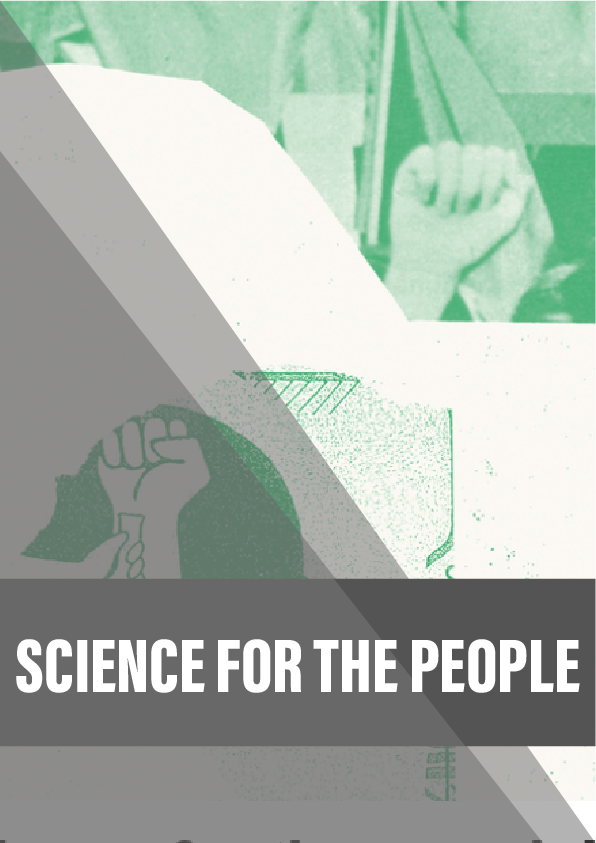In the 1970s, radical scientists thought they could change the world – if they could change science first. As told to Alice Bell.
here’s a smell in Battersea, south-west London. Today, there are streams of the internet devoted to a whiff of toast commuters notice on the train over the river. It’s something to do with local coffee roasters, apparently. But in the early 1970s, the area was very different economically, and the stink wasn’t nearly so pleasant. The strong stench – described at the time as “like dead bodies” – was colloquially known as “The Battersea Smell”.
There was various speculation about causes. Most likely was that the stench came from one or two local factories – the gin distillers John Watney and Co and the glucose manufacturers Garton Sons and Co. But no one really knew. Moreover, the local council seemed to be actively avoiding trying to find out, and avoiding attempting to do much about it.
As a local paper at the time noted, “We can get to the moon, phone relatives in Australia, perform miracles of surgery but a simple matter like getting rid of a smell seems to baffle everyone.”
Residents were especially annoyed as the local council insisted they use (expensive) smokeless fuel to cut air pollution yet seemed to do nothing about the stink. They suspected that the council found the jobs and rates revenue offered by the factories too important to risk.
In 1972, a group of scientist-activists decided to make the smell an early project in ‘community science’. Called the British Society for Social Responsibility in Science (BSSRS or ‘Bizrus’ to their friends), they wanted to see if a bit of grassroots research could help unlock the mystery.
They started by contacting two housewives on a local estate who were leading a protest; then they met with the tenants’ association and the local doctor, as well as the local councillors and the Vicar of Battersea. The next step was a survey of residents’ experiences of the smell, which BSSRS hoped would both collect some of the missing information and put pressure on the local council for more research, and possibly more action.
Reference:
- For background on the 1930s movement of socialist scientists that preceded BSSRS, see Gary Werskey’s 1978 book The Visible College (reviewed in the New Scientist).
- There are archives of the US-based Science for the People group on the website for a conference on its history held in 2014, including archive materials and videos of seminars with former members.
- There is a growing archive of BSSRS papers on a website developed by former members.
- Obituary of Simon Pickvance in Hazards magazine.
- The BSSRS book on technologies of control, largely inspired by their work on Northern Ireland is The Technology of Political Control by Carol Ackroyd, Karen Margolis, Jonathan Rosenhead and Tim Shallice (1977).
- Alice Bell talks to the Mosaic blog about how this story came about.











